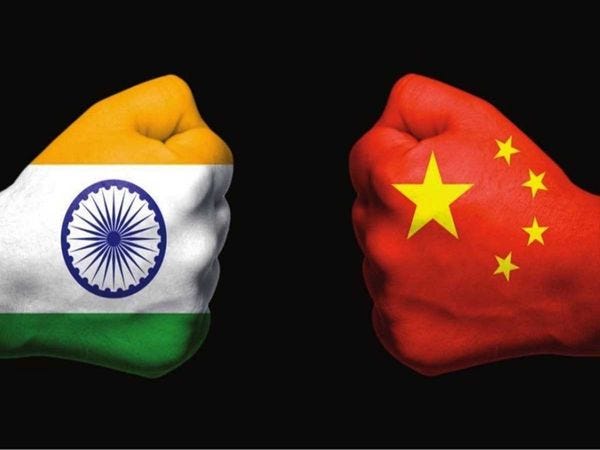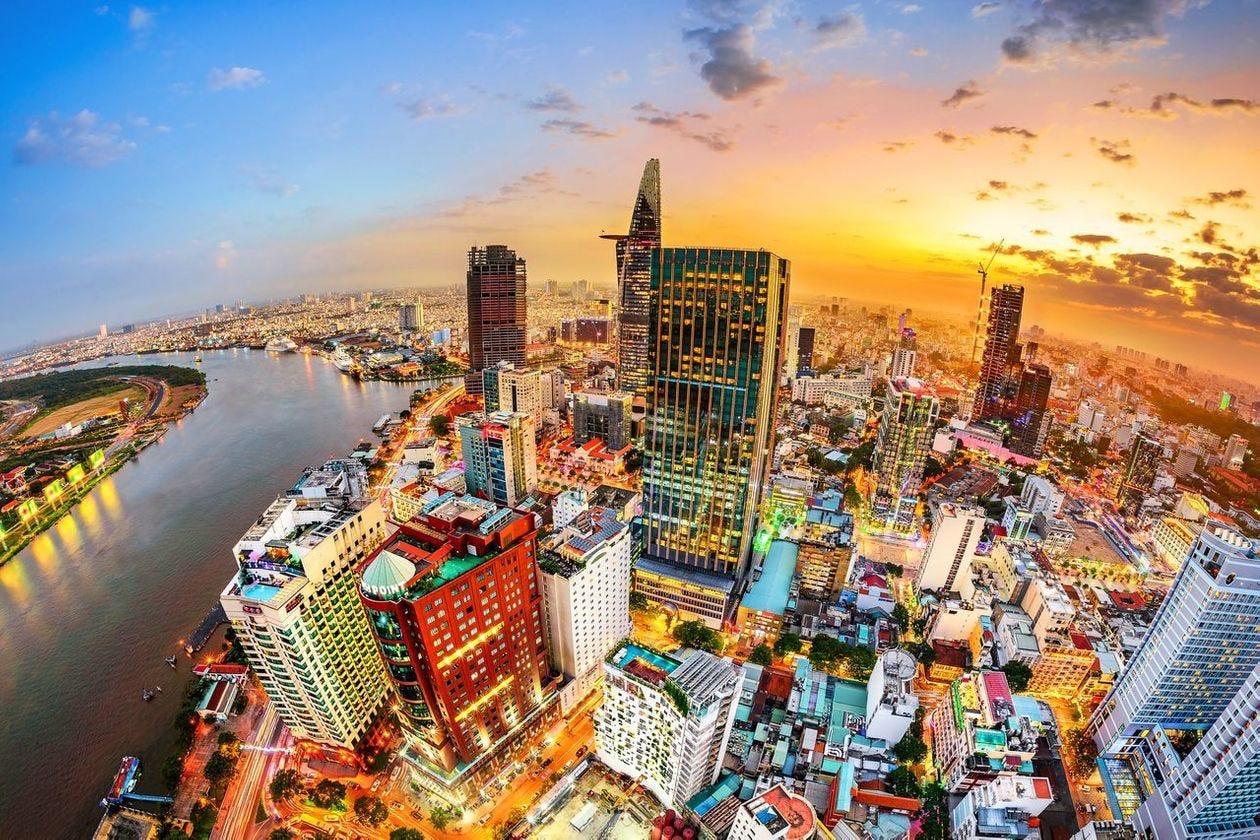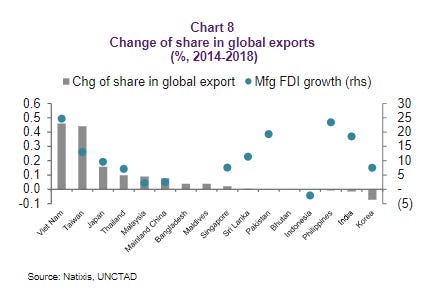
India’s political economy is a candle burning at one end from puffed-up pride, and at the other end by puerile protectionism, and a former Financial Times journalist says India is just not in the same league as China any more, and “Chindia” is a joke.
While India bans Chinese apps and cancels Chinese orders to show its outrage at the killing of soldiers and the seizure of territory, Rahul Jacob, the former FT bureau chief in Hong Kong, says the race with China was over even before COVID struck.
On J-POD, the journalism podcast, Jacob says India is doing a disservice by posturing as an economic rival to China. Its rivals, more realistically, are Vietnam (population 9.7 crore) and Bangladesh (population 17 crore).
“China is already five times the size of the Indian economy. You would have to have the Chinese economy collapse in two successive great depressions of the 1930s order, and India to race along at about 12% growth, to catch up.
“We have passed the point of the hare-and-tortoise fable which has been told far too times in the context of India and China—this particular tortoise is still sleeping in terms of making strides in exports worldwide.
“Vietnam is probably going to pass us in manufactured exports in a few years. That’s a country of 95 million people. Vietnam’s likely to be the biggest beneficiary of the COVID crisis if there are any beneficiaries.
“By posturing in economic terms that we are a rival to China, we are doing ourselves a great disservice. Our rivals, realistically, are really Vietnam and Bangladesh, in manufactured goods at any rate.
“The sooner we realise that and take serious steps to build this economy the better. If it’s going to be self-reliance, then what levels of de-regulation? If we are going to boost exports, can we go down the self-reliant route by raising tariffs as we have in four successive budgets? It doesn’t quite add up. This is where our somewhat inflated sense of our economic prospects are handicapped.
“The ‘Chindia’ idea—China + India—was fine if you were doing a World Economic Forum roundtable, but it is laughable when you look at the real numbers, given their share of world trade and our tiny share by comparison.”
Listen to the full Rahul Jacob podcast here.

Vietnam is clearly the flavour of the season, in fact has been for a while as evidenced by glitzy pictures accompanying news stories (above), but it has clearly been the big beneficiary of the US’s trade war with China.
Between April 2018 and August 2019, as the Donald Trump-induced trade dispute raged, 56 companies relocated their production out of China.
Only three came to India, found a study by the Japanese financial group, Nomura.
26 companies relocated to Vietnam
11 went to Taiwan
8 shifted to Thailand
2 went to Indonesia
Little wonder that a nation which was torn by war and violence, political and economic isolation, for 40 years after its independence from France in 1945, is catching up with India in export of manufactured goods.

Vietnam’s exports grew from $69.7 billion to $259.5 billion between 2008 and 2018. India’s exports grew from $176.4 billion to $304.1 billion in the same period, but there has been no appreciable growth since 2011, despite the rupee’s depreciation.

In a primer in the business newspaper Mint, the “Shah Rukh Khan of economics” Vivek Kaul shows how Vietnam’s export story mirrors China’s.
In 1992, China’s exports were $66.8 billion; in 2001, it had reached $272.1 billion.
In 2009, Vietnam’s exports were $66.4 billion; in 2018, it had reached 259.5 billion.
Between 2000 and 2018, China’s share of network products rose from 34% to 52%.
In the same period, Vietnam’s share of network products rose from 6% to 47%.

Certainly, it is a bit of a stretch to speak of India and Vietnam in the same breath. At least just now. After all, India is geographically 15 times larger than Vietnam; its population is 12 times bigger, its GDP is 13 times more, etcetera.
But Vietnam has fewer poor people than India, fewer unemployed. And its GDP per capita is already 7% more than India’s.

So, it’s difficult to avoid the comparisons—and the gung-ho headlines which are eerily reminiscent of the headlines that greeted India in its “Bangalored” days.
2017: Why Vietnam is booming
2018: The story behind Vietnam’s miracle growth
2019: Vietnam’s economy races ahead. But can it keep the wheels on?


Even its COVID performance (zero deaths) is drawing oohs and aahs.
And an edit page article in The Times of India (below) shows why it is suddenly the apple of everybody’s eye.

Meanwhile, after banning three apps for every soldier killed in Ladakh, India continues to get expert guidance on the way forward.


And, finally


Screenshots: courtesy IANS, Barron’s, Mint, Nation Master, The Times of India
Like what you see? Give us a shout. Don’t? Pray, why. Have a tip? Mail us.
Spread the word about The Net Paper, the world’s first social media juicepaper.














Share this post